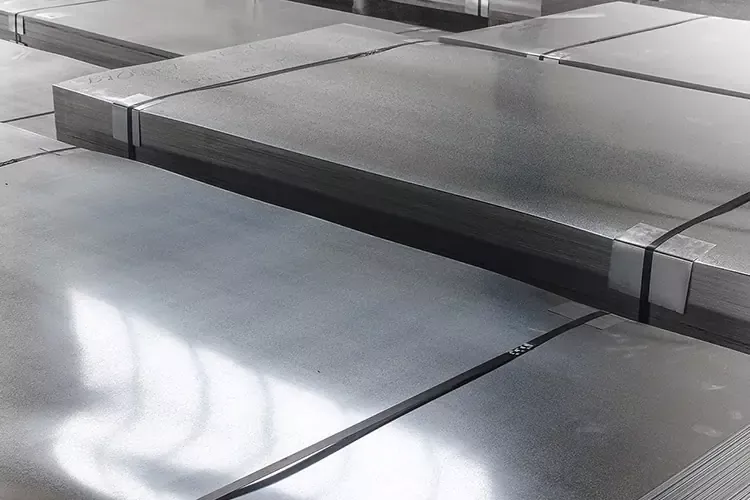One prominent challenge that the product designer’s face isn’t having the ability to make their clients to know how the product may feel and look.

One prominent challenge that the product designer’s face isn’t having the ability to make their clients to know how the product may feel and look. The additive manufacturing or rapid injection tooling technology is gaining huge importance among engineering manufacturers and designers, since it offers the fast and the accurate way of realizing potential of any product. Adopting the rapid tooling services brings much higher fidelity from conceptualized design than conventional paper prototyping.
Benefits of rapid tooling services for manufacturing
Relatively Lesser Cost – Decreased cost, allowing the real trials much more affordable.
Decrease Tooling -Time – The normal development time will be shortened from some months to some days and weeks.
Data CAD Transfer – Lots of imperfections because of drawings misinterpretation are avoided by using original CAD model through RP process and along to the RT process.
Because of short rapid injection tooling making time and reduced cost in using RT, lots of engineers prefer producing the parts for the functional test in early design stage. Thus, lots of design faults will be debugged before the production, thus many design failures will be avoided.
Allows the functional test of the parts on an initial design stage
Realizing Design Concepts
The rapid prototyping allows the designers to know their concepts beyond the virtual visualization. It allows the feel and look of any design, instead assuming through CAD model. It helps the designers to carry ahead their ideas as well as implement them in the design before finalization. This provides the proof of the concept for an end client, looking for the realistic product design instead just visualizing design on screen.
Including Certain Changes
Having the physical model, it’s possible to include any changes instantly just by asking feedback from their customers. Before finalizing this design, there’re different iterations needed. With every iterative process, design improves more, building confidence for designer and end consumer. It helps in identifying an actual need of the market, and making possible for developing the competitive products with the better acceptance rate.
Saves Time and Cost
With the additive manufacturing, time and cost needed to develop patterns, molds, or special tools are eliminated. Same CAD software or printing equipment is used to produce various geometries. Not like conventional prototyping techniques like CNC machining, amount of waste formed is minimum, as the rapid tooling services just prints material, which is needed to build any object.
Modified Designs
The most promising advantage of the rapid tooling is the ability to develop the customized products according to an individual requirement. This does not need any special tools and process to implement the design changes in any product. The small change in CAD model and process stays the same. For the manufacturers, it is very advantageous since it gives the connected experience for customer with a product that they purchase.
Reducing Design Flaws
Additive manufacturing gives an ability to identify any flaws in the design before the mass production. Materials accessible for the rapid prototyping resemble strength and properties of an actual product, and making this possible to perform any physical tests.










